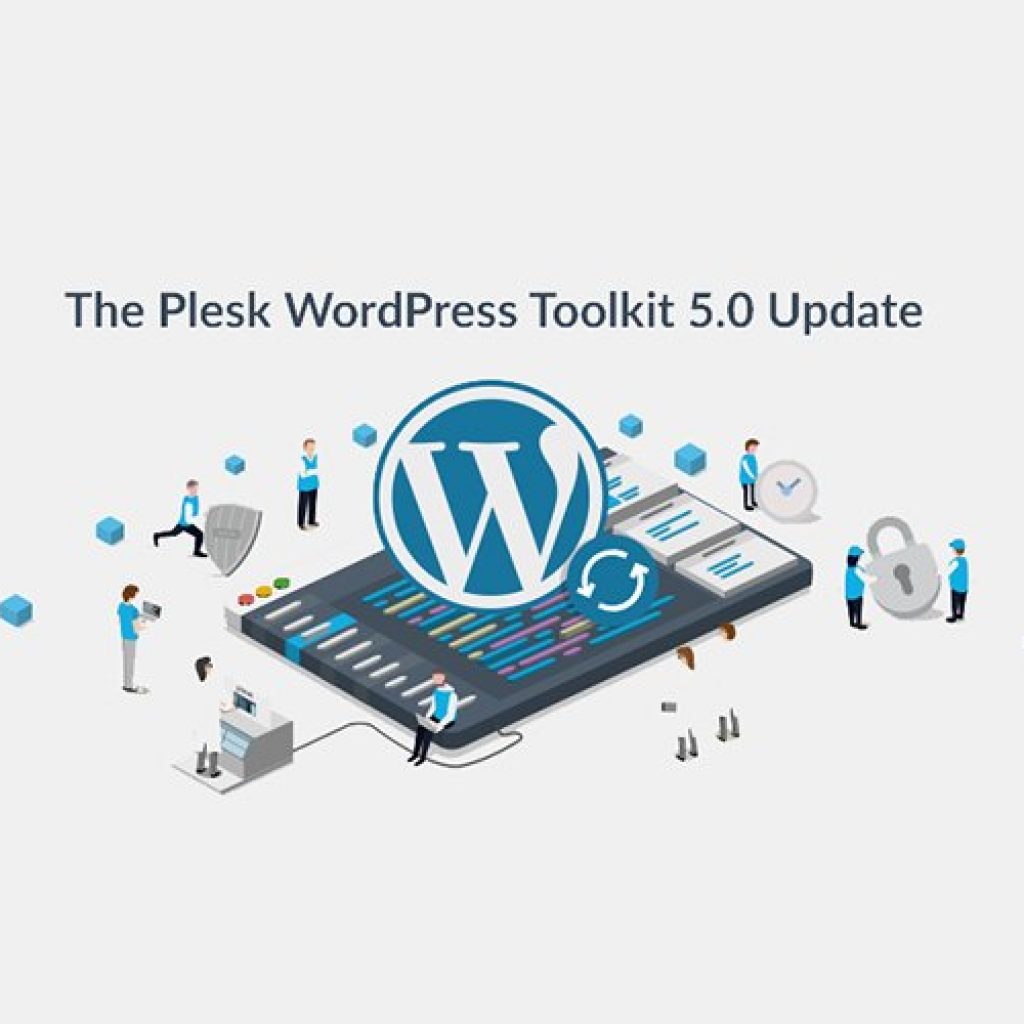Plesk announced the Plesk WordPress Toolkit v5.0 is now available. It comes with major changes to provide a better experience for all users.
Plesk launched Plesk WordPress Toolkit v5.0. Now, WordPress Toolkit 5.0 requires Plesk Obsidian to work. This means leaving Plesk Onyx behind as it was getting increasingly difficult to develop new things. A bunch of legacy code was required for WordPress Toolkit to work in Onyx 17.8. With Obsidian allows the design team to properly express their ideas by opening a lot more UI/UX possibilities.
New website management UI
The biggest in-product change in WordPress Toolkit 5.0 is the new UI for managing WordPress installations. For making web site management more convenient and usable, Plesk tried a website card interface and replanted it on a different set of UI elements that are also used by Dynamic List in Plesk. So, users can easily adapt to the new Website Management UI. They also reshuffled a bit and placed the other tolls in the expected and convenient locations.

WordPress Toolkit Lite is redesigned and changed
The WordPress Toolkit SE was previously limited to owners of Plesk Web Admin edition and similar low-end Plesk editions. On the contrary, its free part required a thorough review and redesign to make it acceptable for a larger audience. Therefore, the Plesk team redesigned the UI and UX of the whole process and changed the contents of the Lite feature list.
The old Lite interface had a lot of visual glitches, bugs, and overall inconsistencies accumulated over the years. So, they redesigned this interface. The new UI library improves the WordPress Toolkit Lite experience, making it consistent, unobtrusive, and pleasant to look at.

Andrey Kugaevskiy explained these changes in detail, on the Plesk blog. Single-site operations available in the control panel or in WordPress itself should be free. Mass operations should require a paid version of WordPress Toolkit. They are required for any large-scale business. This makes them high value for agencies and hosters. High-value operations like cloning or Smart Updates should also require a paid version of WordPress Toolkit. These features are critical for professional-level work and they are hard to carry out otherwise.
Free and paid features
Management of Search Engine Indexing, bugging management, password protection, update settings for individual sites, upload of plugins and themes on the plugins and themes management screen of a particular site are the free features that come with the new release. Mass update operations including modification of update settings for multiple sites at once is the only paid feature of WordPress Toolkit.
cPanel also release is out!
The team has been working on the cPanel release since last September. WordPress Toolkit is finally available on cPanel. According to the blog post, WordPress Toolkit for cPanel is basically the same product, functionality-wise, just on cPanel. There are some minor discrepancies, however, most of them will be either addressed in the next WordPress Toolkit releases or will have to wait until corresponding features are fully available in cPanel. Unlike Plesk, WordPress Toolkit for cPanel is licensed on a per-account basis.

Source: Cloud7.news
